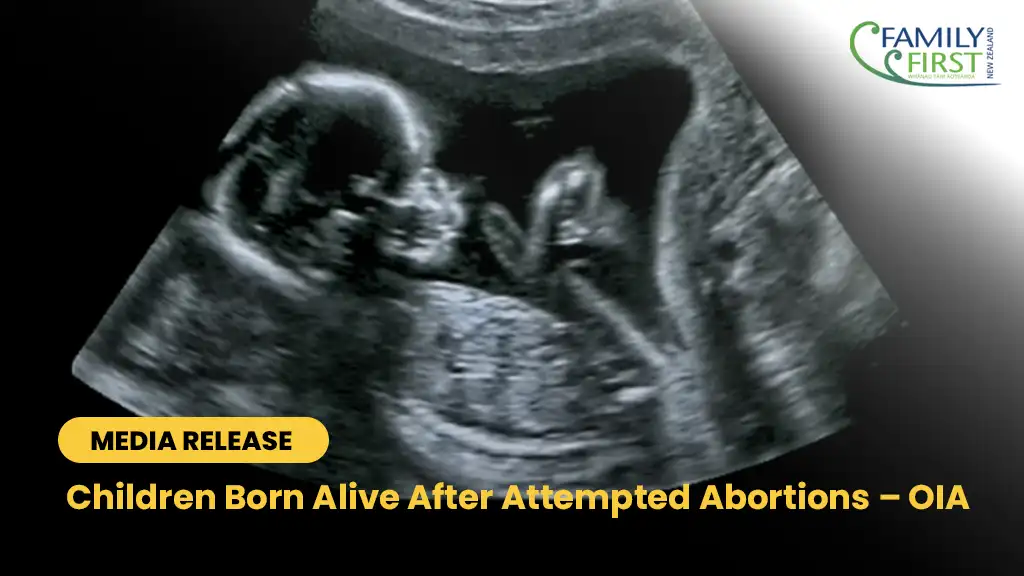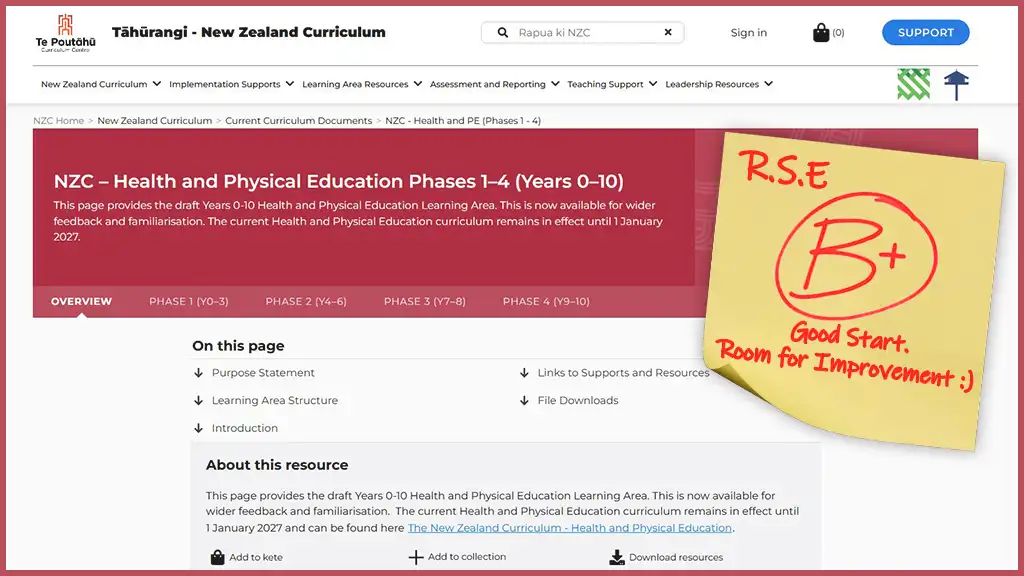MEDIA RELEASE
31 October 2022
Thousands of New Zealand children struggle with having no father in their lives, and a new report from Family First – WHERE DOES HE LIVE? Measuring Father Absence in New Zealand – finds little change since Children’s Commissioner Laurie O’Reilly described fatherless families as the ‘greatest social challenge facing New Zealanders’ in 1998.
Report author Lindsay Mitchell says, “Last year one in twenty births had no father registered; one in six did not have a father living at the same address as the mother and almost one in five had parents with no stated legal relationship.”
“For the past fifty years married and unmarried births have broadly trended in opposite directions and are steadily converging. In the year to June 2022, 49.8% of all births were unmarried. In the June quarter alone births to unmarried parents surpassed the halfway mark for the first time reaching 50.7%. Children are also increasingly being born to de facto relationships (30% of all births) which do not have the same stability as marriages.”
“Maori children are the most likely to experience father absence. The proportion of Maori babies born to married parents has fallen from a relatively high level of 72% in 1968 to just 20% in the June 2022 quarter. Maori children are the most likely to experience living with a sole parent.”
For children, father absence is associated with poverty, material hardship, abuse and neglect, lower cognitive capacity, substance use, poorer physical and mental health and criminal offending. But estranged fathers can also suffer materially and emotionally. The mortality rate of fathers paying child support is significantly higher than the norm.
Mitchell says, “There are some positive trends for the prospects of father absence reducing. The teenage birth rate is plummeting, and men are first-time fathering when they are older and more stable. But official projections show sole parent families maintaining their current level through to 2043.”
“So there is good and bad news. Actual trends hold some promise – predictions, less so. Perhaps those children who grew up without parental stability are successfully seeking it in their own relationships? Let’s hope so.”




